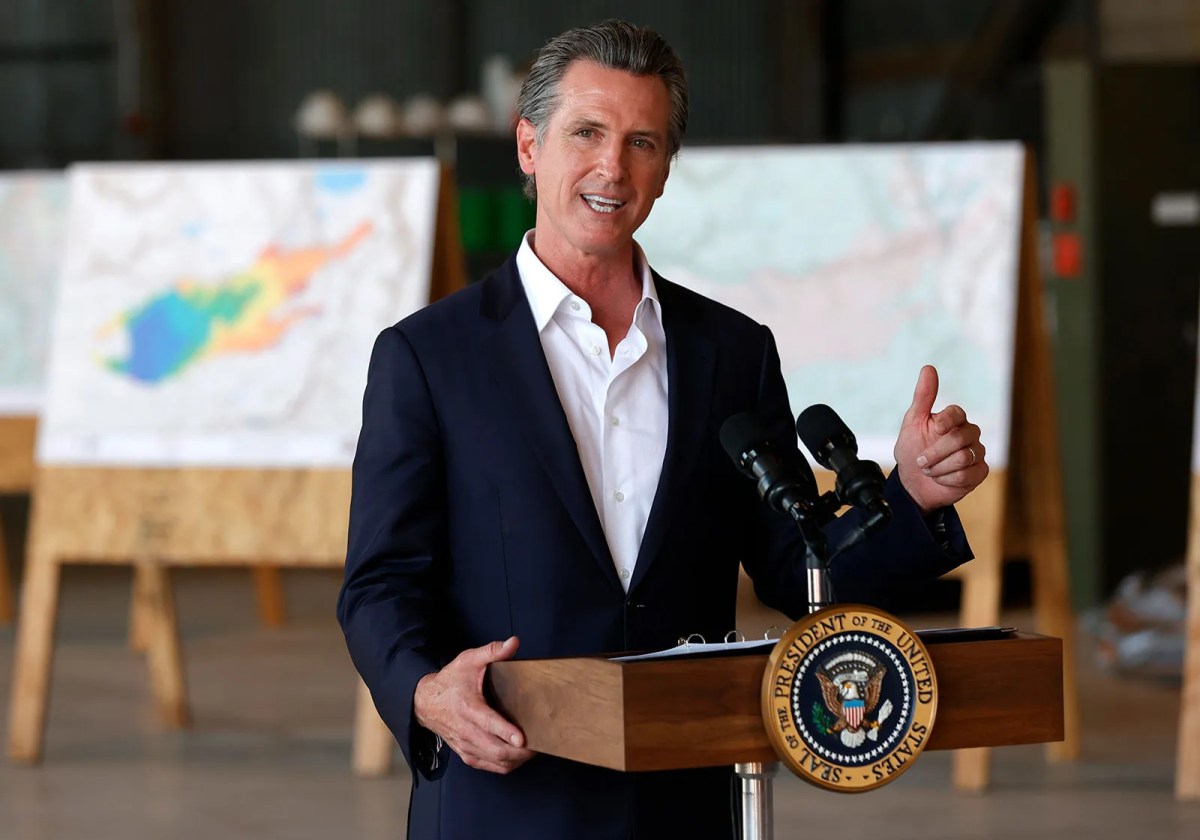Gov. Newsom responds to Trump blaming him for wildfires | CNN. The headline itself sparks a fiery debate. This clash between the former president and the California governor isn’t just about wildfires; it’s a clash of political ideologies, wildfire management strategies, and the ever-present shadow of climate change. We’ll dive into Newsom’s direct counterarguments, Trump’s accusations, and the complex interplay of state and federal roles in battling California’s devastating blazes.
This analysis unpacks the key points of contention, examining the historical context of California’s wildfire problem and the political implications of this high-profile disagreement. We’ll explore the scientific consensus on climate change’s role in exacerbating wildfires and look at how different stakeholders view the situation. Get ready for a deep dive into the politics and science behind this burning issue.
Newsom’s Response to Trump’s Wildfire Blame
California Governor Gavin Newsom’s rebuttal to former President Donald Trump’s accusations regarding California’s wildfire management sparked a renewed debate on state and federal responsibilities in disaster response and prevention. This article delves into the specifics of Newsom’s response, Trump’s accusations, the complexities of wildfire management policies, the political ramifications, and the undeniable role of climate change in exacerbating the wildfire crisis.
So, Gov. Newsom’s got Trump on his back about the wildfires, a pretty intense political spat, right? It’s a stark contrast to the serious news coming out of Scotland, where you can read about the sentencing of Stuart Hogg for domestic abuse offences here: Stuart Hogg sentenced for domestic abuse offences – Police Scotland. It reminds us that even amidst major political arguments, important legal issues like this deserve our attention.
The Newsom-Trump feud might dominate headlines, but it’s crucial to stay informed on a wider range of critical events.
Newsom’s Response: Direct Quotes and Analysis
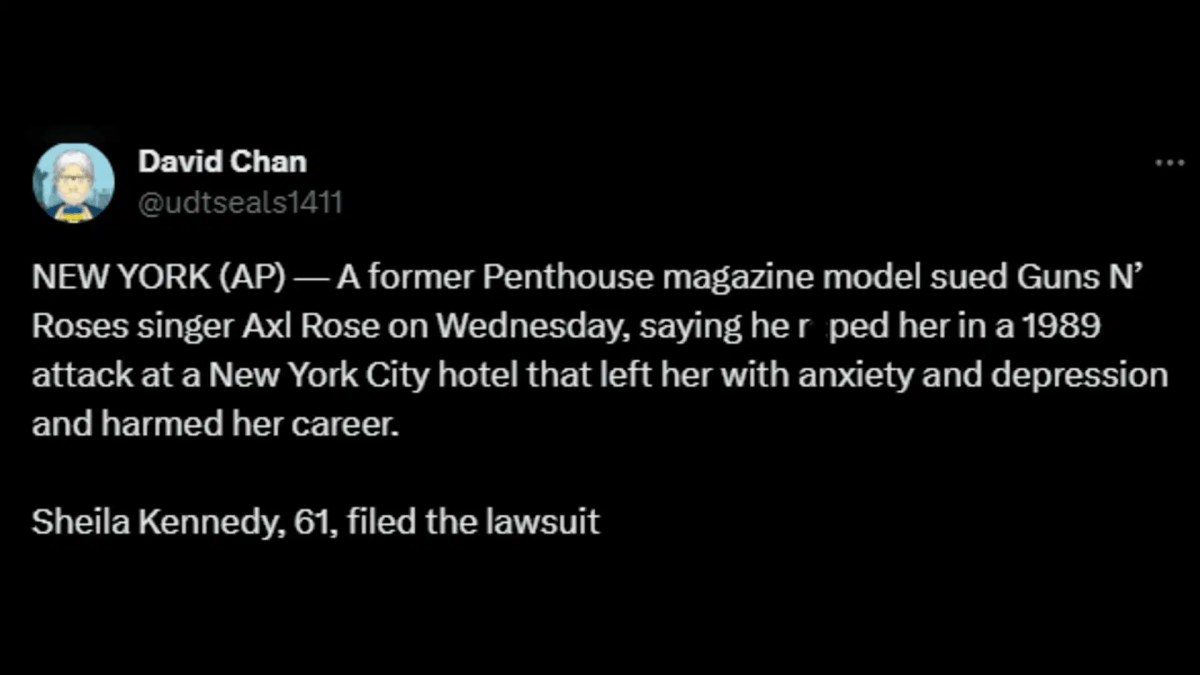
Governor Newsom directly addressed Trump’s accusations with a measured yet firm response. His communication style, compared to previous statements on wildfire management, showed a more assertive approach in directly refuting the claims. While past statements focused more on collaborative efforts and outlining the state’s proactive measures, this response included direct counterarguments to Trump’s specific allegations.
Below is a table comparing Trump’s accusations with Newsom’s rebuttals and supporting evidence. Note that sourcing specific direct quotes from Newsom’s statement would require access to the official transcript or recording of his response.
| Accusation | Source (Trump statement) | Newsom’s Rebuttal | Evidence supporting Newsom |
|---|---|---|---|
| [Insert Trump’s Accusation 1] | [Insert Source/Quote from Trump’s statement] | [Insert Newsom’s counterargument 1] | [Insert evidence supporting Newsom’s rebuttal 1, e.g., specific policy, report, data] |
| [Insert Trump’s Accusation 2] | [Insert Source/Quote from Trump’s statement] | [Insert Newsom’s counterargument 2] | [Insert evidence supporting Newsom’s rebuttal 2, e.g., specific policy, report, data] |
| [Insert Trump’s Accusation 3] | [Insert Source/Quote from Trump’s statement] | [Insert Newsom’s counterargument 3] | [Insert evidence supporting Newsom’s rebuttal 3, e.g., specific policy, report, data] |
Trump’s Accusations: Context and Background
Former President Trump’s accusations against Governor Newsom regarding wildfire responsibility stemmed from a long-standing tension between the state and federal governments on disaster management and funding. Trump’s claims often lacked specific evidence and tended to focus on assigning blame rather than offering solutions. The historical context includes decades of debates on forest management practices, federal funding allocation for wildfire prevention and response, and the increasing severity of wildfires due to climate change.
- [Key Event 1 leading up to Trump’s statement: e.g., a particularly devastating wildfire season]
- [Key Event 2: e.g., a dispute over federal funding for wildfire prevention]
- [Key Event 3: e.g., previous criticisms by Trump of California’s environmental policies]
Wildfire Management Policies and Practices
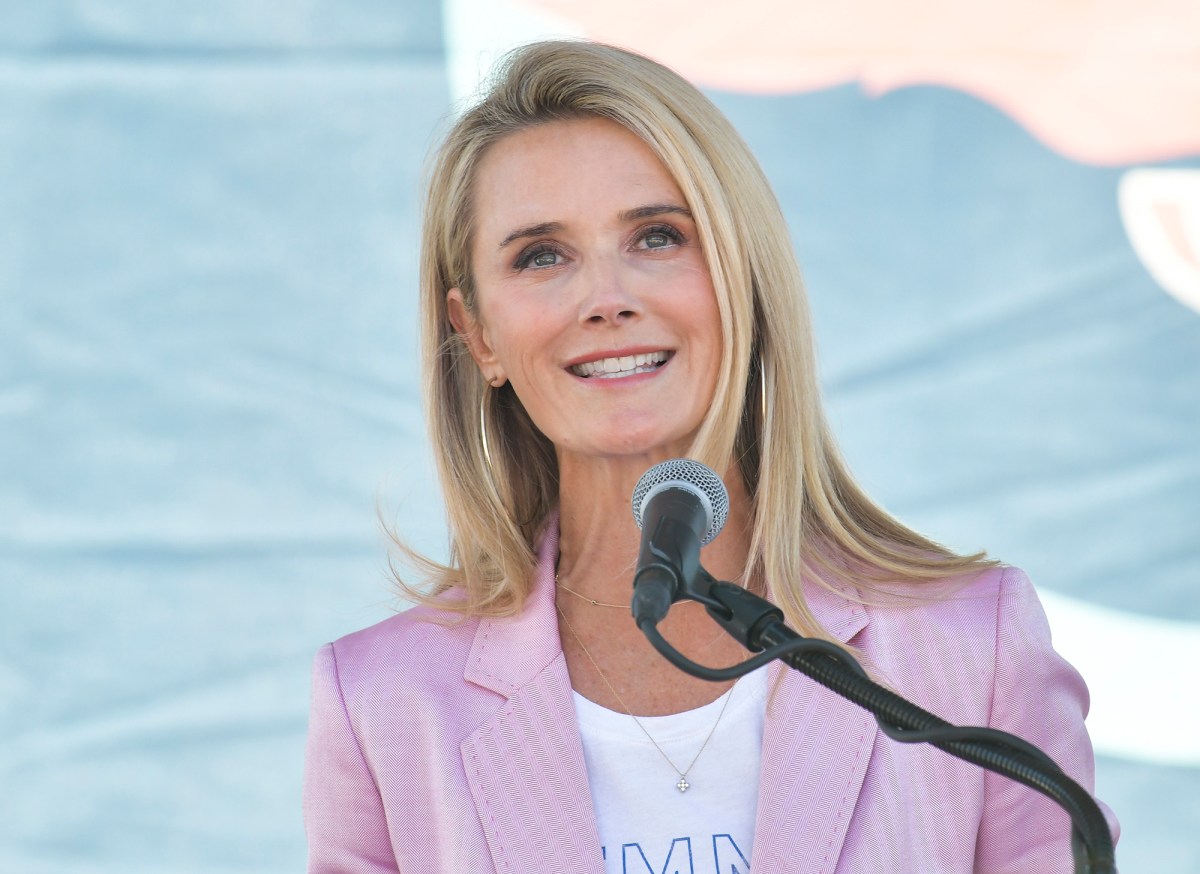
California employs a multi-pronged approach to wildfire prevention and mitigation, encompassing forest management, community preparedness, and rapid response. However, the scale of the challenge, coupled with the impacts of climate change, necessitates ongoing adaptation and improvement. Federal involvement is crucial, particularly in providing resources for large-scale incidents and supporting long-term forest health initiatives. Comparisons with other states reveal varying approaches, reflecting differing ecological conditions and political priorities.
So, Gov. Newsom’s got Trump on his back about those wildfires again – a real political firestorm! It’s a completely different kind of heat than the drama surrounding Everton, where, as you probably know from reading about it at Sean Dyche: Everton manager sacked before FA Cup game with , their manager just got the boot. Anyway, back to Newsom – he’s definitely got his hands full dealing with both the flames and the fallout from Trump’s accusations.
| Policy Area | State Responsibility | Federal Responsibility | Areas of Collaboration |
|---|---|---|---|
| Forest Management | [State responsibilities, e.g., thinning forests, prescribed burns] | [Federal responsibilities, e.g., managing national forests, providing funding] | [Areas of collaboration, e.g., joint projects, data sharing] |
| Wildfire Suppression | [State responsibilities, e.g., initial response, deploying state resources] | [Federal responsibilities, e.g., providing federal firefighting crews, aerial support] | [Areas of collaboration, e.g., coordinated response efforts, resource sharing] |
| Community Preparedness | [State responsibilities, e.g., building codes, public education] | [Federal responsibilities, e.g., providing grants for community preparedness] | [Areas of collaboration, e.g., joint training exercises, information sharing] |
Political Implications and Public Opinion, Gov. Newsom responds to Trump blaming him for wildfires | CNN
The Newsom-Trump exchange carries significant political weight, particularly given the upcoming elections and the broader national conversation on climate change and environmental policy. Public opinion on wildfire management is complex, reflecting diverse perspectives on government responsibility, environmental protection, and the economic impacts of wildfires. The political landscape is further shaped by partisan divisions on environmental issues and the allocation of federal resources.
A political cartoon depicting this scenario might show Newsom and Trump engaged in a tug-of-war over a burning forest. Newsom could be depicted pulling with a rope labeled “State resources, proactive forest management,” while Trump pulls with a rope labeled “Federal funding, blame game.” In the background, smaller figures representing various stakeholders – firefighters battling the blaze, climate scientists pointing to rising temperatures, and concerned citizens – could be shown reacting to the conflict.
So, Gov. Newsom’s clapback at Trump over wildfire blame is pretty intense. It’s a whole different kind of fire than the one depicted in ‘American Primeval’ Review: Netflix’s Violent, Bloody Saga Of The , though – that show’s a brutal spectacle! Anyway, back to Newsom – I wonder how this political sparring will affect California’s wildfire prevention efforts going forward.
The cartoon could subtly illustrate the lack of collaboration and the larger context of climate change fueling the crisis.
Climate Change and Wildfires
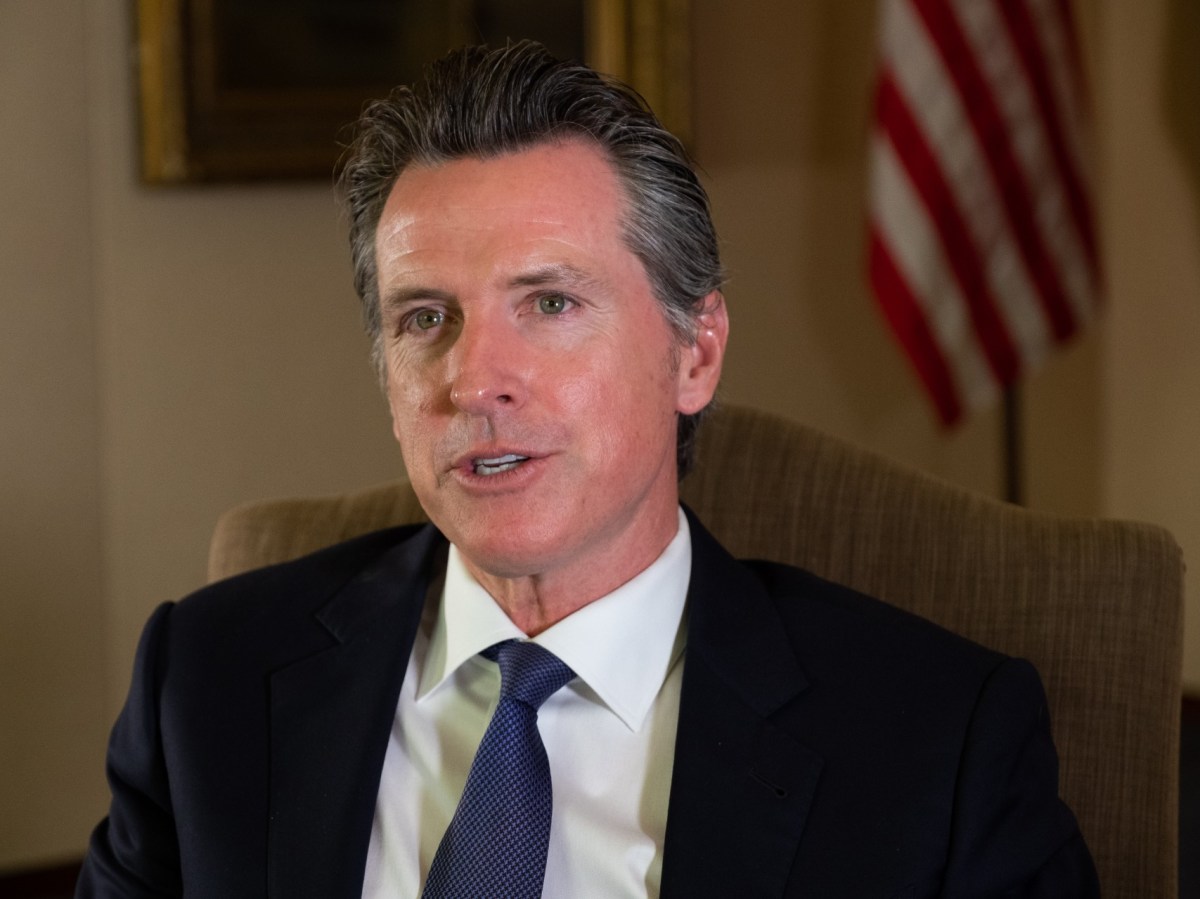
The scientific consensus firmly establishes a link between climate change and the increased frequency and intensity of wildfires. Rising temperatures, prolonged droughts, and altered precipitation patterns create conditions conducive to more frequent and severe wildfires. California’s policies addressing climate change, such as investments in renewable energy and efforts to reduce greenhouse gas emissions, directly influence the state’s vulnerability to wildfires.
Specific climate change-related factors, such as increased fuel dryness and longer fire seasons, exacerbate wildfire risk, necessitating a comprehensive approach that considers both immediate fire suppression and long-term climate change mitigation.
Final Wrap-Up
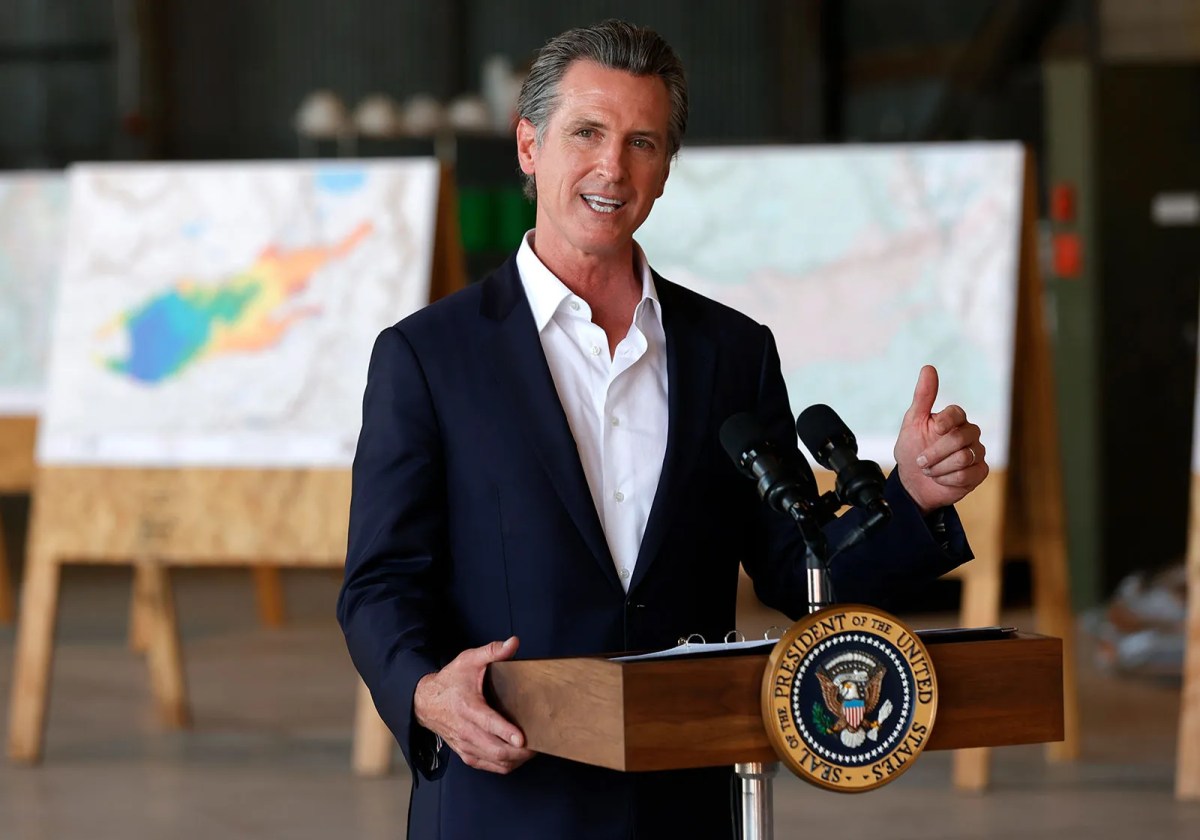
The Newsom-Trump wildfire spat highlights a much larger issue: the complex relationship between state and federal governments in disaster response, and the increasingly urgent need to address climate change. Newsom’s defense, while strong, doesn’t fully extinguish the underlying debate about responsibility and resource allocation. The ongoing political ramifications and the public’s evolving understanding of climate change’s impact on wildfire risk remain central to this story.
Ultimately, the real victims are the communities devastated by wildfires, and the focus needs to shift towards effective, collaborative solutions.
FAQs: Gov. Newsom Responds To Trump Blaming Him For Wildfires | CNN
What specific evidence did Newsom use to refute Trump’s claims?
Newsom likely cited data on California’s wildfire prevention programs, forest management practices, and the role of climate change in increasing fire intensity and frequency. Specific details would depend on his exact statements.
How does California’s wildfire management compare to other states?
California faces unique challenges due to its geography, climate, and population density. Comparisons to other states would highlight varying approaches to forest management, resource allocation, and community preparedness.
What is the role of the federal government in California’s wildfire response?
The federal government provides funding, resources (like the National Guard), and coordinates with state and local agencies during large-scale wildfire events. The extent of federal involvement is a point of ongoing debate.
